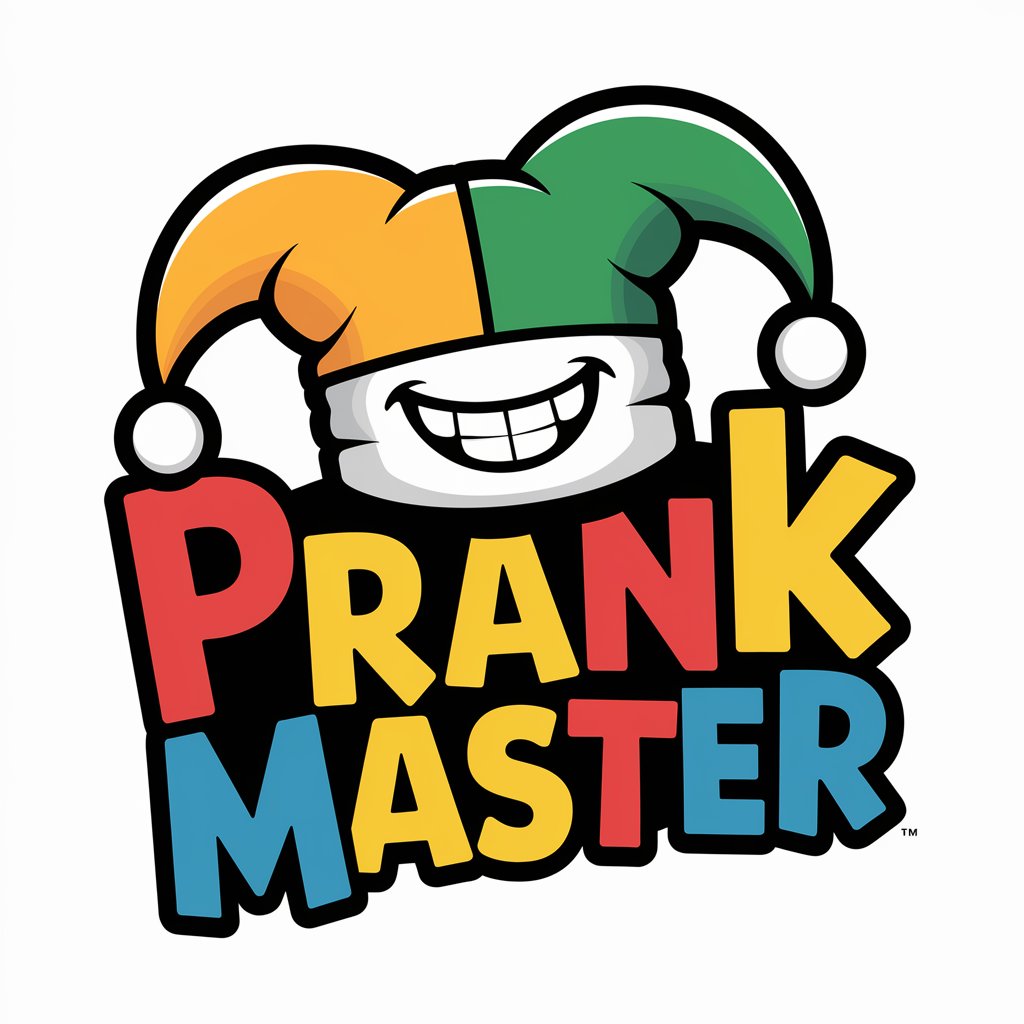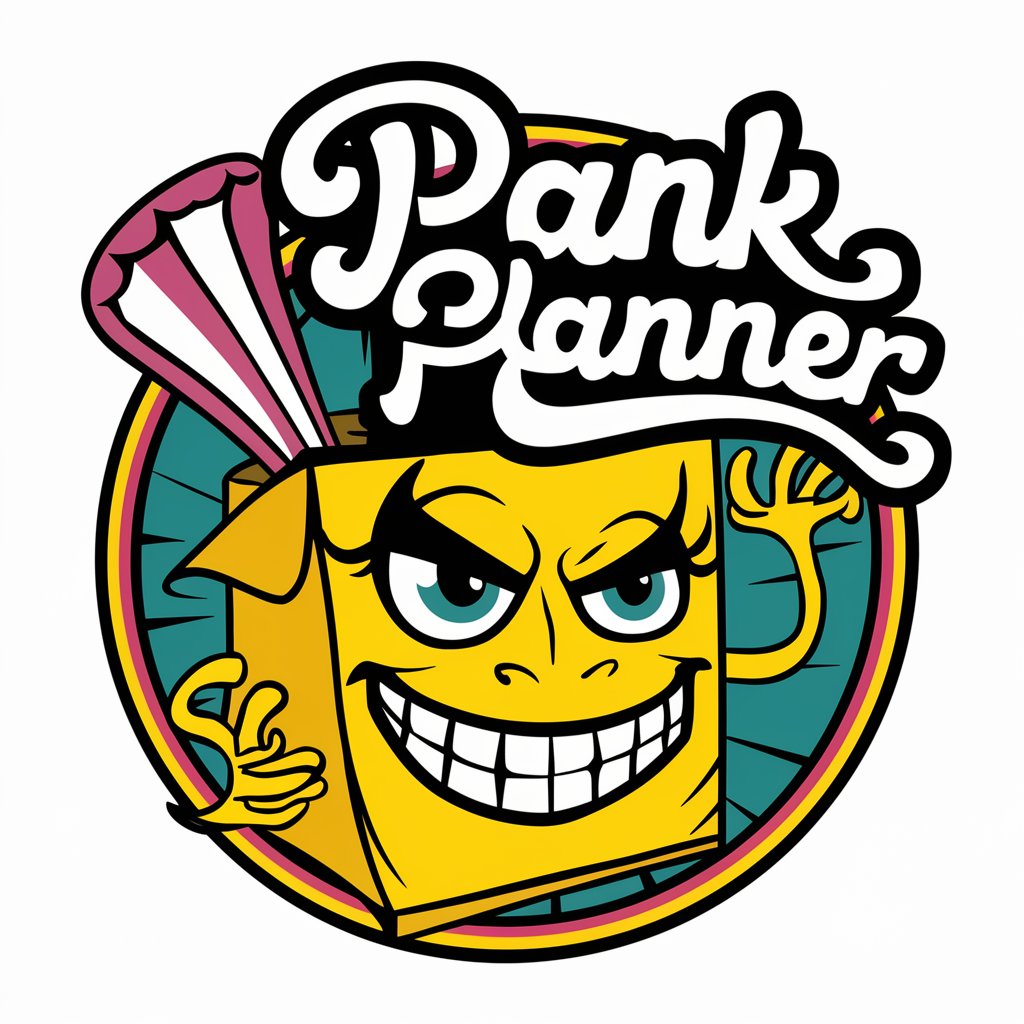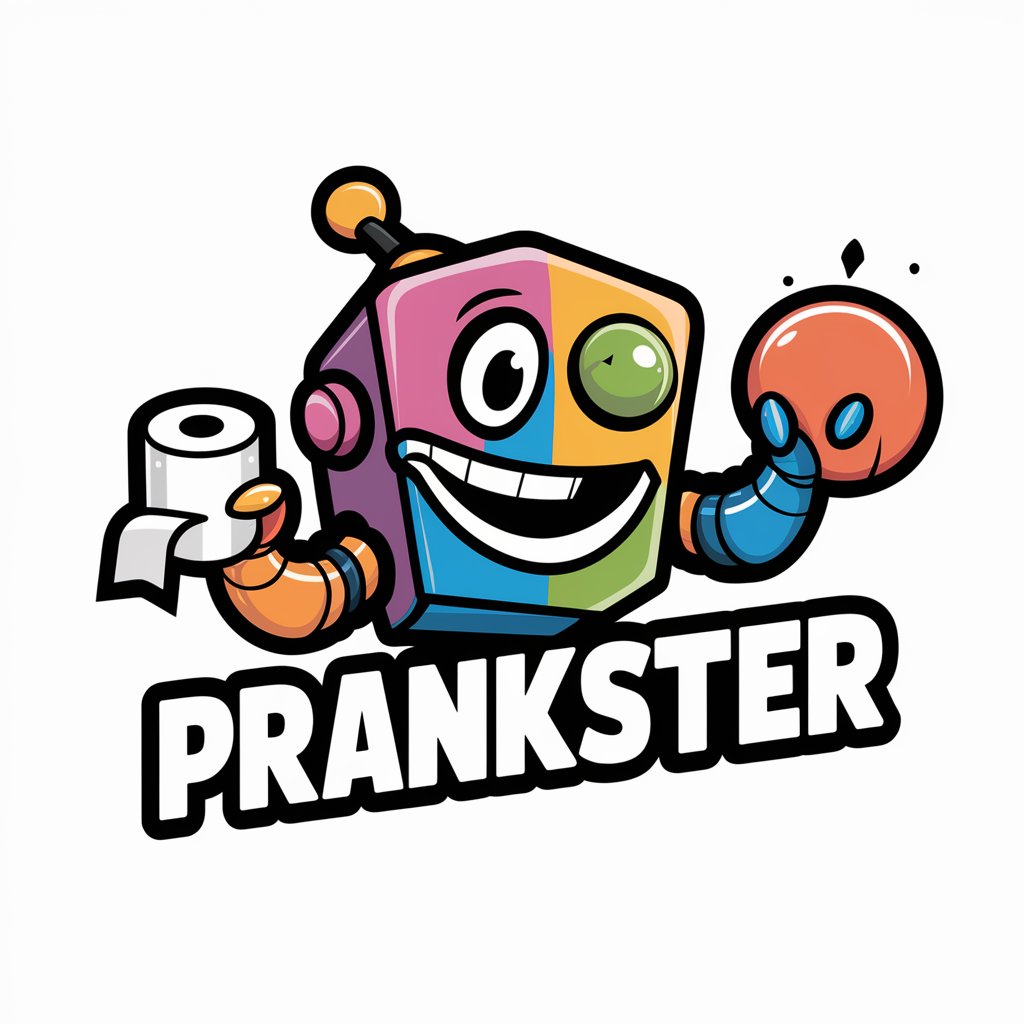5 GPTs for Office Pranks Powered by AI for Free of 2025
AI GPTs for Office Pranks refer to a specialized application of Generative Pre-trained Transformers designed to simulate, organize, and execute pranks within office environments. Leveraging the advanced capabilities of GPTs, these tools can generate ideas, scripts, or even simulate conversations for pranks, making the workplace more lively and fostering a sense of camaraderie among employees. Their relevance lies in providing a creative outlet and a humorous break from the daily routine, all while ensuring the pranks remain harmless and in good spirit.
Top 5 GPTs for Office Pranks are: TPS Report,Prank Master,🃏 AprilFoolsAdvisor: Prank & Joke Genius 🎭,Prank Planner,PRANKSTER
TPS Report
Bringing Laughter to Work Documents

Prank Master
Bringing laughter with AI-crafted pranks.

🃏 AprilFoolsAdvisor: Prank & Joke Genius 🎭
Inspiring playful mischief with AI

Prank Planner
Crafting Safe Laughter with AI

PRANKSTER
Craft Clever Pranks with AI

Distinctive Characteristics of Office Pranks AI
AI GPTs for Office Pranks are distinguished by their adaptability, offering a wide range of functionalities from generating prank ideas to executing them with a touch of humor. Features include language processing for crafting witty dialogues, technical support for setting up harmless computer-based pranks, web searching abilities to curate or inspire new pranks, image creation for visual gags, and data analysis for personalizing pranks based on office dynamics. These GPTs are designed to understand the fine line between fun and discomfort, ensuring pranks promote laughter without crossing boundaries.
Who Benefits from Prank-Focused AI Tools
The primary beneficiaries of AI GPTs for Office Pranks include office workers seeking to add a fun element to their workplace, HR departments aiming to foster team building, and even developers or tech enthusiasts looking for creative applications of AI technology. These tools are user-friendly for those without coding skills, while also offering advanced customization options for tech-savvy individuals, making them accessible and adaptable to a wide audience.
Try Our other AI GPTs tools for Free
Subject Discovery
Discover how AI GPTs for Subject Discovery can transform your research and content creation process, offering personalized insights and streamlined access to relevant topics.
Cigar Education
Explore the world of cigars with AI-powered GPT tools, designed to offer personalized, engaging, and up-to-date educational content for enthusiasts and professionals alike.
Pairing Suggestions
Discover how AI GPTs for Pairing Suggestions can revolutionize decision-making with tailored, intelligent recommendations across a range of industries.
Cigar Preservation
Discover how AI GPTs revolutionize cigar preservation with tailored advice, from storage tips to aging insights, for both novices and experts.
Philanthropic Projects
Discover how AI GPTs for Philanthropic Projects can transform your philanthropy efforts with tailored solutions for communication, data analysis, and strategy development.
Vintage Photography
Explore the convergence of past and present with AI GPTs for Vintage Photography. These tools offer innovative solutions for restoring, creating, and analyzing vintage-style images, accessible to enthusiasts and professionals alike.
Broader Applications and User Interface Design
Beyond pranks, AI GPTs demonstrate the flexibility of GPT technology in creating tailored, sector-specific solutions. Their success in office pranks underscores the potential for similar applications in enhancing engagement and creativity in various fields. The emphasis on user-friendly interfaces facilitates broader adoption, allowing users to integrate these AI tools into their daily routines and existing systems without the need for extensive technical knowledge.
Frequently Asked Questions
What exactly can AI GPTs for Office Pranks do?
They can generate prank ideas, scripts, and scenarios, tailor conversations for prank purposes, and provide technical support for implementing computer-based pranks.
Are these tools easy to use for people without a technical background?
Yes, they are designed with user-friendly interfaces that require no programming skills, making them accessible to everyone in the office.
Can these AI tools create personalized pranks?
Absolutely, they can analyze office dynamics and individual preferences to tailor pranks that are fun and appropriate for everyone involved.
Is there any risk of offending someone with a prank generated by these tools?
These tools are programmed to understand social cues and boundaries, minimizing the risk of offensive or inappropriate pranks.
How do these GPTs integrate with existing office systems?
They can be easily integrated into existing systems or workflows through APIs, allowing for seamless operation alongside other office tools.
Can I suggest improvements or modifications to the AI?
Yes, feedback mechanisms are often in place for users to suggest improvements or report issues, ensuring the tools evolve to meet user needs.
Do these tools only work for office environments?
While they are optimized for office environments, the principles and functionalities can be adapted for other settings requiring light-hearted pranks.
Are there any ethical considerations in using AI for pranks?
Yes, it's important to use these tools responsibly, ensuring that all pranks are in good spirit, consensual, and do not harm individuals or workplace culture.